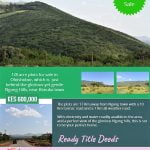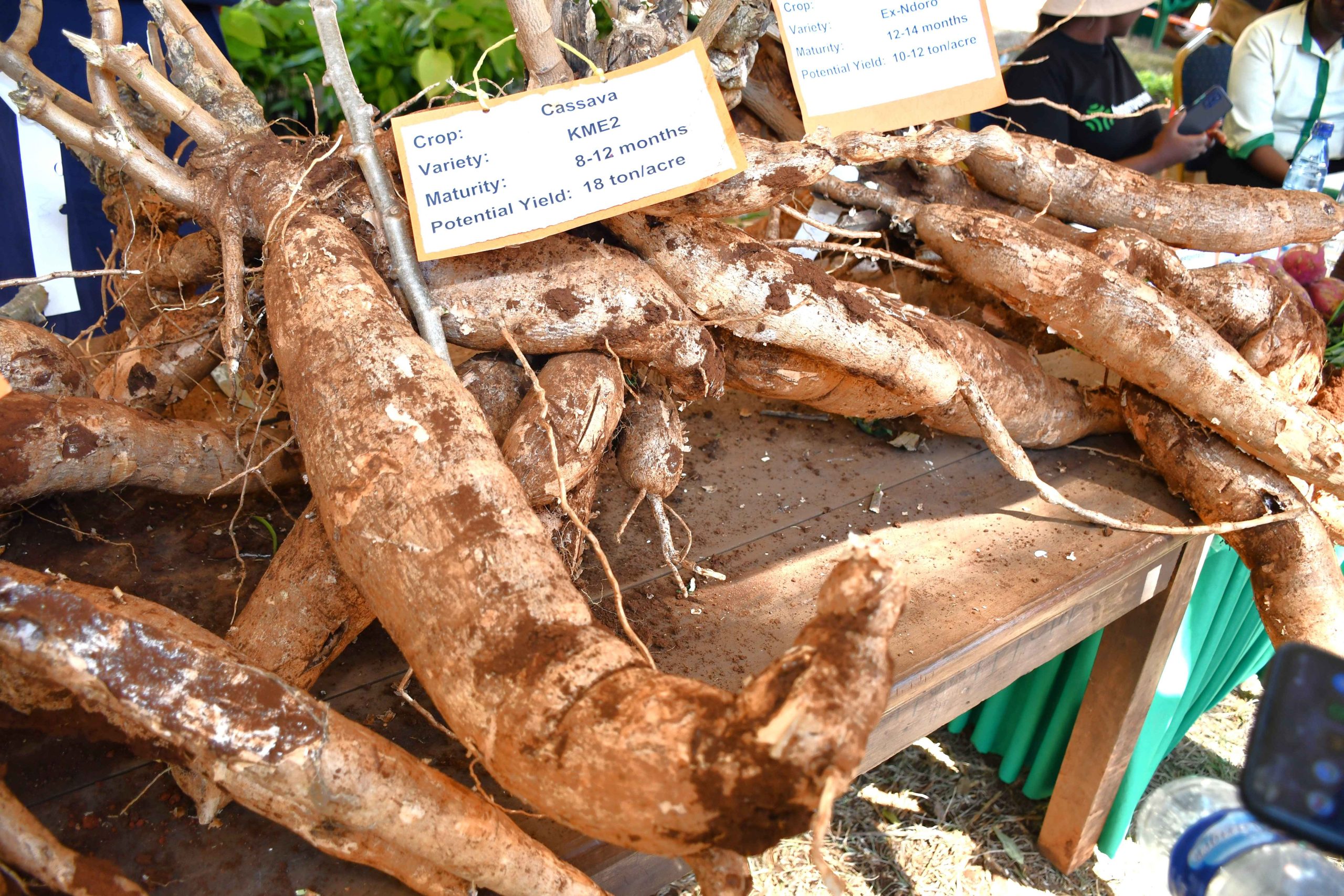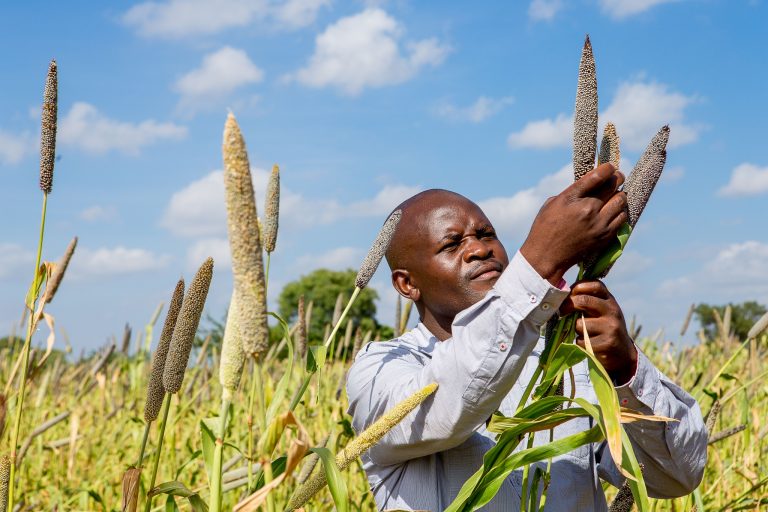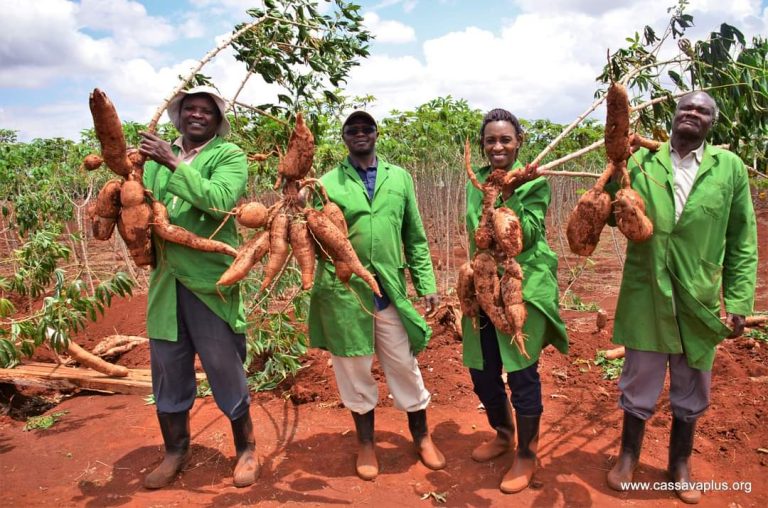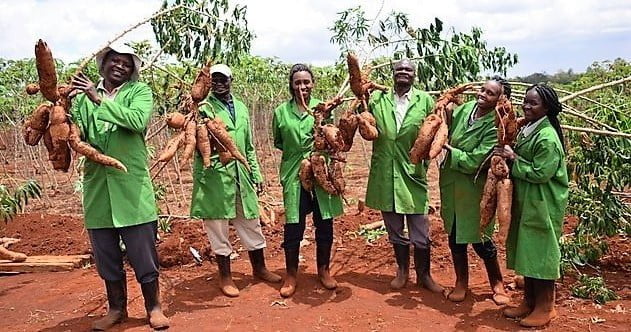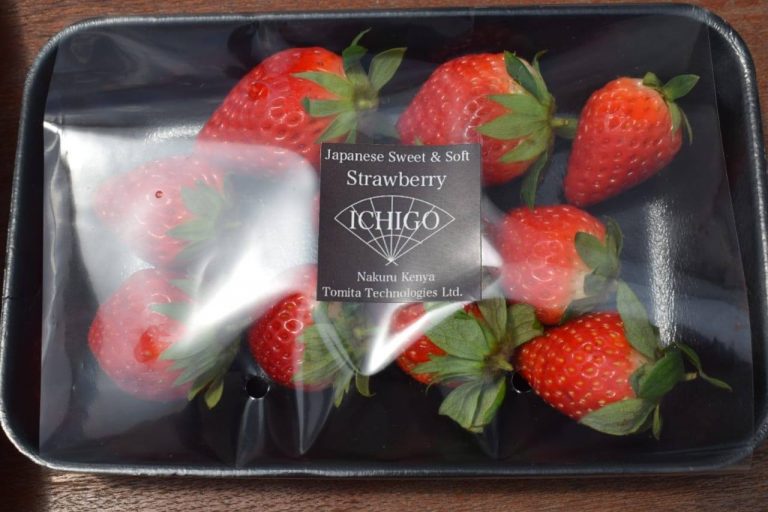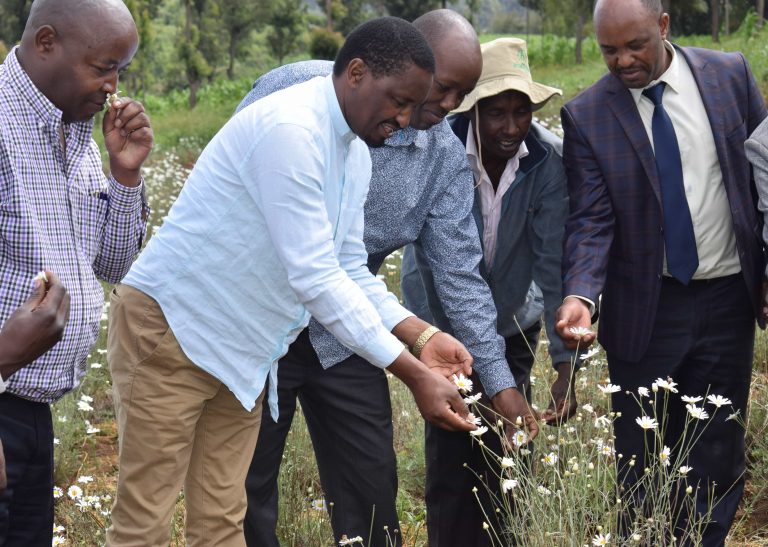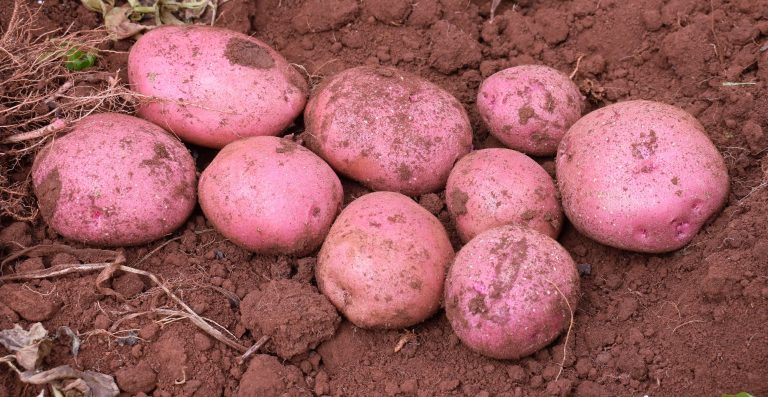In the sun-scorched plains of Solai, Nakuru County, farmer Joseph Muigai stands beside his exhibition stand, proudly showcasing a thriving cassava crop. After years of failed maize harvests brought on by relentless heat and erratic rainfall, cassava has offered him a lifeline, hardy, lush, and full of promise.
His experience reflects a broader transformation unfolding across Kenya’s Arid and Semi-Arid Lands (ASALs), where cassava is quietly emerging as a powerful solution to chronic food insecurity. Globally, 733 million people faced hunger in 2023, one in every eleven. In Africa, that figure rises to one in five, according to the World Health Organization (2024) and the IPC (2023). In Kenya, more than 5.4 million people, about 10 per cent of the population, face chronic food insecurity, driven by climate change, maize failures, and imbalanced diets, particularly in pastoralist communities.
At the 2025 Evidence for Development Conference held from May 6 to 8, Dr. Milcah Wambua, a researcher from Egerton University, championed cassava’s potential to reshape Kenya’s food systems. In her presentation, Enhancing Cassava Research for Climate-Resilient Food Systems in Kenya: A Pathway to Agenda 2063, she argued that cassava could play a pivotal role in addressing hunger and climate vulnerability.
“Cassava is the climate-smart champion for Kenya’s ASALs, resilient in drought, rich in nutrients, and a reliable pillar against food insecurity. If we’re serious about ending hunger and achieving climate-resilient food systems,” she said, “we must rethink what we grow, how we grow it, and who benefits from it. Cassava isn’t just a crop; it’s a climate-smart solution.”
Wambua’s team conducted a multi-site study across Rongai, Subukia, and Njoro sub-counties, introducing 27 cassava varieties, both improved and indigenous, in partnership with local agricultural officers and lead farmers. Trials were carried out on actual farms in Solai, Lower Subukia, and Lare, demonstrating cassava’s adaptability to Kenya’s arid and harsh conditions.
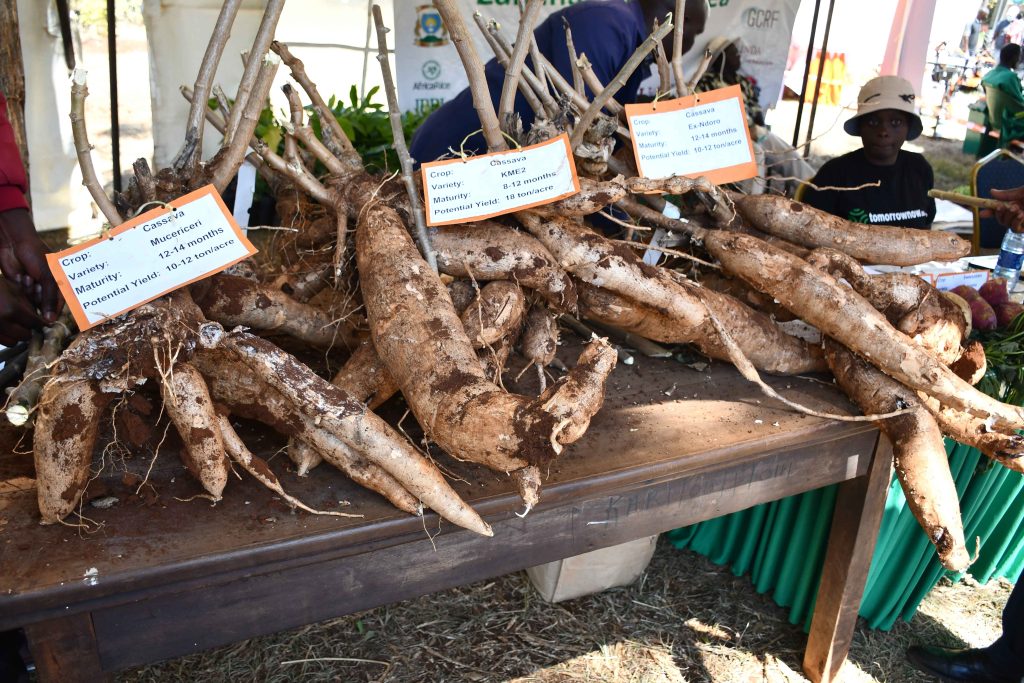
Top-performing varieties included Selele, Okonyo Welo, Karembo, and MM99/4884, praised for their high yields, drought tolerance, and resistance to cassava mosaic disease.
Cassava’s high carbohydrate and energy content make it an essential food source in regions where diets are often low in calories. However, its low protein content and limited culinary appeal have been longstanding challenges. Researchers have responded with innovation, developing fortified cassava products that improve both taste and nutrition.
One such breakthrough involved enriching cassava flour with camel milk to produce nutrient-dense biscuits. These were tested using standardized protocols, including AOAC methods and modern texture analyzers.
“These biscuits aren’t just nutritious; they’re also delicious and familiar,” said Nancy, a mother from Njoro. “Even my children ask for more.”
The cassava initiative is not only reshaping diets but also transforming lives, particularly among women and youth. In Solai and Subukia, women are leading cassava processing businesses milling, baking, and selling products in local markets. Youth groups have received agribusiness training and support for value addition.
“Cassava has changed how we see farming,” said Samuel, a 25-year-old agripreneur in Rongai. “It’s not just about survival anymore, it’s a business opportunity.”
These local innovations are aligned with broader national and continental strategies, including Kenya’s Vision 2030, the National Climate Change Response Strategy, and the African Union’s Agenda 2063. With mounting evidence of cassava’s performance in ASALs, experts are urging stakeholders to scale up support.
“We now have empirical evidence, not just hope, that cassava can thrive in marginal soils and under low rainfall. The next step is for the government, donors, and the private sector to support scale-up,” said Wambua.
To fully harness cassava’s potential, researchers are recommending five key actions: promote varieties tailored to specific agro-ecological zones; diversify cassava products such as bread, cakes, biscuits, and ugali; fortify cassava with nutrient-rich local ingredients like camel milk and legumes; expand farmer training through extension services; and develop niche markets to boost income for smallholders.
Meanwhile, in Eastern Kenya, where much of the land is classified as arid or semi-arid, another research project funded by the Mawazo Institute is working to boost cassava production. Led by a principal investigator and a team of six women researchers, the project is conducting a baseline study to identify barriers in growing, processing, and marketing cassava. Though the region is well-suited to the crop, it currently produces less than 10 percent of Kenya’s cassava output. The project aims to reposition cassava as both a food and cash crop, with findings to be shared at an upcoming policy workshop and used to train farmers using successful models from Nakuru County.
With targeted investment and community-led innovation, cassava may hold the key to a more food-secure, resilient, and prosperous future for Kenya. As Joseph Muigai in Solai puts it: “Cassava gave me back my dignity. I don’t beg for food anymore. I will always grow it.”

